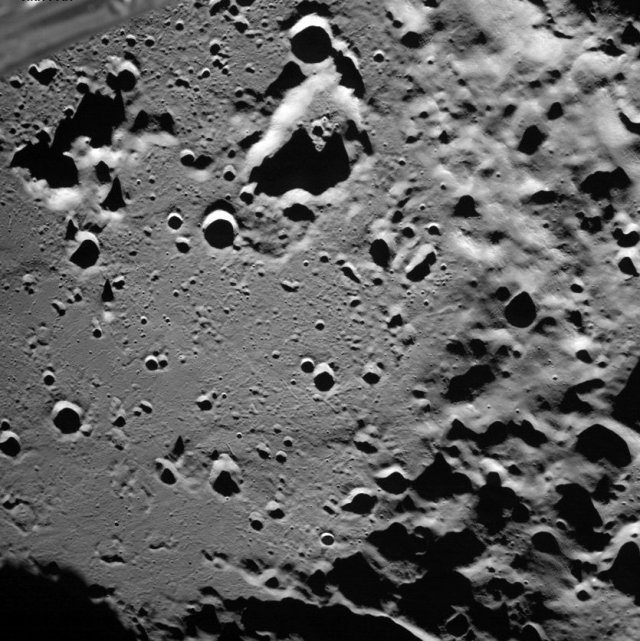Alexander Zakharov, Chief Researcher at the Space Research Institute of the Russian Academy of Sciences, said that the "Dust Monitoring of the Moon" device will register dust particles that can acquire an electric charge on the illuminated side of the Earth's natural satellite and levitate over its surface
MOSCOW, October 19. /tass/. The device "Dust Monitoring of the Moon" (PmL), which was planned to be used during the Luna-25 mission, can go to the Earth's natural satellite on the Chinese Chang'e-7 spacecraft. This was reported to TASS by the scientific director of the Space Research Institute (IKI) of the Russian Academy of Sciences, the scientific director of the first stage of the lunar program, Academician Lev Zeleny.
"An agreement has almost been reached that our lunar dust experiment will be used on the Chang'e-7 mission," he said. Zeleny added that although the process of agreeing on technical details is now underway, a formal agreement between Roscosmos and the Chinese National Space Administration (CNSA) still to be concluded.
As the scientific director of the PmL experiment, the chief researcher of the ICI, Alexander Zakharov, told TASS, the same device was installed on the Luna-25 apparatus. "We made this device for Luna-25 and are going to do it for Luna-27, but the Chinese, as part of their missions, "opened the door" for foreign experiments and chose, in particular, ours," he said.
According to Zakharov, the device will register dust particles that can acquire an electric charge on the illuminated side of the Moon and levitate over the surface of the satellite. Previously, these particles were recorded only by optical methods - in particular, by cameras of Soviet landing modules and astronauts of the American Apollo lunar program.
The disadvantage of this approach, Zakharov believes, is the inability to make observations anywhere other than the terminator line (light line) on the surface of the Moon. "We made a device to register these particles not by optical methods, but by getting them into the aperture of our device. Thus, we could register them in any part of the illuminated side of the moon," the scientist explained.
About the Luna-25 and Chang'e-7 missions
The Soyuz-2.1b carrier rocket with the Luna-25 automatic station launched from the Vostochny cosmodrome on August 11. After issuing a pulse to the spacecraft to form its pre-landing elliptical orbit, communication with the spacecraft was interrupted. It ceased to exist when it collided with the surface of the moon.
The interdepartmental Commission concluded that the accident of the Luna-25 automatic station occurred due to the abnormal functioning of the on-board control complex associated with the non-inclusion of the accelerometer unit in the BIUS-L device (angular velocity measurement unit).
The Chinese agency CNSA plans to launch the Chang'e-7 lunar mission in 2026. According to the agency, the device will go to explore the south pole of the Earth's natural satellite. As the chief designer of the Chinese deep space exploration program Wu Yanhua noted, the mission will play an important role in the project of creating a research base on the Moon.

